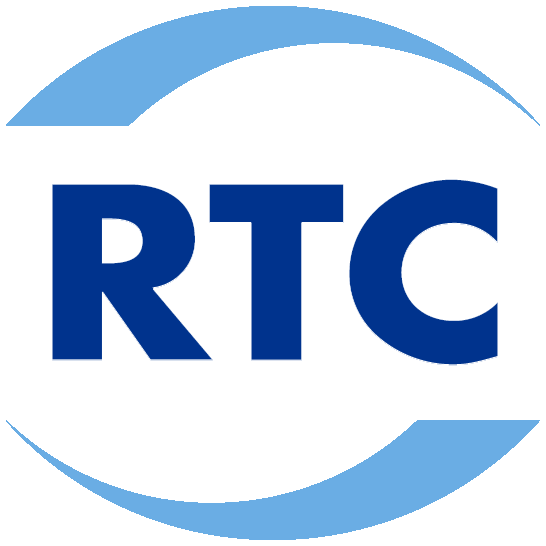The Public Transportation department coordinates RTC transit services including RTC RIDE, RTC FlexRIDE, RTC REGIONAL CONNECTOR, and RTC ACCESS.
HOW WERE THE TRANSIT CENTERS FUNDED?
Construction of RTC CENTENNIAL PLAZA in Sparks and RTC 4TH STREET STATION in Reno were paid for with 95% federal dollars. Federal capital funds being used to build the transit stations and infrastructure cannot be used to operate buses.
HOW ARE RTC RIDE AND RTC ACCESS FUNDED?
Virtually all funding for public transportation is generated at the federal and local levels with a very small amount coming from state resources. Historically, federal funding has been substantially limited to capital items such as buses, maintenance facilities, transfer centers, etc. Local funding has been used primarily to pay for operating and maintaining the public transportation system.
Federal Fund Sources
The federal transit program has historically allocated money to a number of core programs. Programs can be amended, eliminated or added with each new federal reauthorization bill. The following is a brief discussion of the current core public transportation programs that have the greatest impact on the RTC.
- FTA Section 5307
The Federal Transit Administration (FTA) provides Section 5307 Formula Funds to urban areas for public transportation planning, capital and operating assistance purposes. In urbanized areas with populations of more than 200,000 people, these funds may only be used for planning and capital expenditures and cannot be used to operate the transit system. However, up to 10% of these funds may be used to operate the paratransit system (RTC ACCESS), and 1.0% must be spent on bus stop improvements.
Section 5307 funds are allocated annually, based on a formula that considers the population and density of the region, as well as revenue vehicle miles of the fixed-route transit service (RTC RIDE) provided. The federal contribution is 80% with a local “match” of 20% that, combined with the federal portion, equals 100% of the program’s cost.
RTC receives approximately $4.5 million annually in Section 5307 funds, and uses these funds for a variety of capital projects including: replacement vehicles when RTC RIDE buses have reached the end of their useful life (at least 12 years or 500,000 miles), expansion buses when RTC is able to grow the service area of the public transit system, passenger amenities (benches, shelters, ticket vending machines) and bus stop improvements (concrete boarding/alighting pads, accessible wheelchair ramps), building and vehicle maintenance, as well as construction of the existing transit centers.
- FTA Section 5309
RTC is also eligible to receive Section 5309 Discretionary Capital Grants for the rehabilitation or replacement of buses and equipment and the construction of bus-related facilities. These funds may not be used for operating the transit system and are not guaranteed. Obtaining Section 5309 funds require the assistance of Nevada’s Congressional delegation. RTC has historically been successful in receiving several million dollars annually in Section 5309 discretionary funding for sound public transportation investments benefiting the citizens of our community. These funds have been critical for replacing RTC RIDE buses and RTC ACCESS vans that have reached the end of their useful life, as well as for the construction of our two newest transit centers, Centennial Plaza and 4TH STREET STATION.
- Congestion Mitigation and Air Quality Improvement Program (CMAQ)
In 1991, Congress adopted the Intermodal Surface Transportation Efficiency Act (ISTEA). This law authorized the CMAQ program, and provided funding for surface transportation and other related projects that contribute to air quality improvements and reduce congestion. The CMAQ program were intended to realign the focus of transportation planning toward a more inclusive, environmentally sensitive, and multimodal approach to addressing transportation problems.
CMAQ funds are administered by the Federal Highway Administration (FHWA) but may be “flexed” to public transportation projects administered through the FTA. Funding is available for areas, such as the Reno/Sparks metropolitan area, that do not meet the National Ambient Air Quality Standards (nonattainment areas) as well as former nonattainment areas that are now in compliance (maintenance areas). The formula for distribution of funds considers an area’s population by county and the severity of its ozone and carbon monoxide problems within the nonattainment or maintenance area. Greater weight is given to areas that are both carbon monoxide and ozone nonattainment/maintenance areas. CMAQ funds are 95% federal and require a 5% local match.
RTC has historically received approximately $8.5 million per year in CMAQ funding and has flexed approximately 45% of the funds to transit. CMAQ funds have been used to purchase replacement and expansion buses and vans for RTC RIDE and ACCESS, passenger shelters, and fund the construction of our two new transit centers. CMAQ may also be used to operate new routes, or expand existing routes, for up to three years as demonstration projects. After three years the route must either be discontinued or locally funded. RTC has used CMAQ funds to initially operate the RTC REGIONAL CONNECTOR, Route 37, and Route 19.
- Section 5316 Job Access Reverse Commute Funds
The Job Access and Reverse Commute (JARC) program was established by congress as part of the Transportation Equity Act for the 21st Century (TEA-21) enacted on July 22, 1998. The JARC program funds transportation projects designed to help low-income individuals access to employment and related activities where existing transit is unavailable, inappropriate, or insufficient. The JARC program also funds reverse commute transit services available to the general public.
With the passage of the Safe, Accountable, Flexible, and Efficient Transportation Equity Act: A Legacy for Users (SAFETEA-LU) in 2005, JARC funding was allocated by formula to designated recipients (RTC) for areas with populations of 200,000 persons and above. The formula is based on the number of eligible low-income and welfare recipients in urbanized and rural areas. As a result, RTC became eligible for approximately $140,000 in JARC funds annually. JARC provides 50% of the funding for operating projects and 80% for capital projects. The balance must be matched by non-DOT sources. JARC funds received by the RTC prior to 2005 are still being used to operate RTC REGIONAL CONNECTOR service. More recently, JARC funds have been used to help fund local transportation projects provided by non-profit agencies and other social service providers.
- Section 5317 New Freedom Formula Funds
The New Freedom program aims to provide additional tools to overcome existing barriers facing Americans with disabilities seeking integration into the work force and full participation in society. Lack of adequate transportation is a primary barrier to work for individuals with disabilities. The 2000 Census showed that only 60 percent of people between the ages of 16 and 64 with disabilities are employed. New Freedom funds may be used for capital and operating expenses that reduce barriers to transportation services and expand the transportation mobility options available to people with disabilities beyond the requirements of the Americans with Disabilities Act (ADA) of 1990. In other words, if not for the New Freedom Program, these projects would not have consideration for funding and proposed service enhancements would not be available for individuals with disabilities.
With the passage of SAFETEA-LU, the FTA moved the New Freedom program from discretionary funding to formula funding. As a result, RTC became eligible for approximately $85,000 in New Freedom funds annually. New Freedom funds are used to help non-profit agencies and other social service providers with eligible transportation projects.
- Surface Transportation Program (STP) Funds
The STP funding category is extremely flexible and can be used for new road construction, road maintenance, transit capital projects, ridesharing/employer trip reduction (ETR), centralized traffic signal control systems, and traffic management programs. STP funds cannot be used to build new capacity for single-occupant vehicles unless the project is included in the Congestion Management System (CMS), which is a requirement of all urbanized areas with a population of 200,000 or more. Historically, RTC has received approximately $5.0 million annually and has used its STP funds for road construction; RTC has never used its STP funds for capital public transportation projects.
State Funding Sources
In recent years, the State of Nevada has provided approximately $125,000 annually for the local match to public transportation capital projects. It is expected that this amount will continue at about the same level in the future, which will result in a declining revenue stream in real dollar terms.
Local Funding Sources
- Sales tax
A 1/4 % sales tax dedicated to public transportation was approved by the voters in 1982. In 2002, the voters approved a 1/8% increase in the sales tax for public transit and roads (WC-2). The RTC Board was given the flexibility to divide this additional 1/8% between transit and roads as appropriate to meet the needs of the community. Historically, the Board has chosen to split these funds evenly between the two programs.
Sales tax revenues provide the majority of funds needed to operate RTC RIDE and RTC ACCESSS in our community. Prior to the beginning of the recession, sales tax revenues provided approximately $20 million annually to public transportation. Over the long-term, this revenue stream is expected to grow in proportion to population and increase with historic trends in increased per capita spending.
RTC RIDE HISTORY AND INFORMATION
RTC RIDE service began on Sept. 17, 1978 with five used buses serving four routes. Today, the system encompasses the cities of Reno and Sparks, and areas of Washoe County using a fleet of 80 buses on 22 routes. The service area has grown to approximately 136 square miles. About 3.56 million rides are taken on RTC transit services annually.
On October 26, 2008, RTC opened RTC CENTENNIAL PLAZA. This transit center, which gives RTC a notable presence in downtown Sparks, can support the expansion of service into the future. Construction of RTC 4TH STREET STATION was completed in fall 2010. The downtown Reno transit center provides the same opportunity for growth in service. Learn more about the new transit centers.


